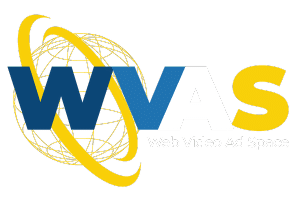In today’s digital landscape, where speed and efficiency are paramount, the importance of a fast-loading website cannot be overstated. Websites that are slow to load not only frustrate users but also risk losing potential customers and revenue. As a result, businesses across various industries are investing heavily in speed optimization strategies to ensure that their online presence remains competitive and effective.
Real-world examples and case studies offer invaluable insights into how different companies have tackled the challenge of improving their website speed. By examining these success stories, we can gain a deeper understanding of the practical steps and strategies that have proven successful in the field of website optimization. These case studies provide concrete evidence of the impact that speed improvements can have on user experience, conversion rates, and overall business performance.
Success Stories of Businesses That Improved Website Speed

- Amazon: Amazon is one of the most notable examples of a company that understands the critical importance of website speed. The retail giant found that a mere 100-millisecond delay in load time could lead to a 1% decrease in sales. By continuously investing in speed optimization, Amazon has maintained fast load times, which directly contribute to their high conversion rates and customer satisfaction.
- Walmart: Walmart conducted an internal study that revealed significant improvements in conversion rates with faster website speeds. They discovered that for every one-second improvement in page load time, they experienced up to a 2% increase in conversions. This insight led Walmart to implement various optimization techniques, such as image compression and server response time reductions, to enhance their overall site performance.
- AliExpress: AliExpress, a major e-commerce platform, improved its website speed by implementing several optimization strategies, including reducing the size of JavaScript files and optimizing images. These changes led to a 10.5% increase in orders and a 27% increase in conversion rates for new customers, showcasing the powerful impact of a faster website.
Lessons Learned from Speed Optimization Projects

Prioritize Mobile Optimization: With the increasing number of users accessing websites via mobile devices, it’s crucial to ensure that your site is mobile-friendly. Google’s mobile-first indexing means that mobile performance directly impacts your search rankings. By focusing on mobile optimization, businesses can significantly improve user experience and SEO performance.
Leverage Browser Caching: Implementing browser caching allows returning visitors to load your website more quickly by storing static files locally in their browsers. This reduces the need to reload entire pages from the server, thus speeding up the user experience.
Optimize Images and Videos: High-quality images and videos can slow down a website significantly. Businesses have learned to use image compression tools and modern formats like WebP to reduce file sizes without compromising quality. Similarly, lazy loading techniques ensure that images and videos load only when they come into the viewport, enhancing initial load times.
Minimize HTTP Requests: Each element on a web page, such as images, scripts, and stylesheets, requires an HTTP request. Reducing the number of these requests can greatly improve load times. Combining files, using CSS sprites, and minimizing the use of external scripts can help achieve this.
Use Content Delivery Networks (CDNs): CDNs distribute content across multiple servers worldwide, allowing users to download files from the server closest to their geographic location. This reduces latency and speeds up the delivery of content.
Practical Tips from Industry Experts on Speed Optimization

Conduct Regular Performance Audits: Regularly auditing your website’s performance using tools like Google PageSpeed Insights, GTmetrix, or WebPageTest can help identify areas for improvement. These tools provide detailed reports and actionable recommendations to enhance site speed.
Optimize CSS and JavaScript: Minifying CSS and JavaScript files by removing unnecessary characters and comments can reduce file sizes and improve load times. Additionally, asynchronous loading of these files can prevent them from blocking the rendering of the page.
Enable Gzip Compression: Gzip compression reduces the size of your web files, making them faster to transfer from the server to the user’s browser. Enabling Gzip on your server can lead to significant improvements in load times.
Implement HTTP/2: HTTP/2 is a major revision of the HTTP protocol that allows multiple requests and responses to be multiplexed over a single connection, reducing the overhead and latency associated with multiple requests. Upgrading to HTTP/2 can result in faster load times.
Monitor and Optimize Server Performance: Server response times play a crucial role in overall website speed. Regularly monitoring server performance and making necessary adjustments, such as upgrading hosting plans or optimizing database queries, can lead to faster load times.
Focus on Above-the-Fold Content: Ensuring that above-the-fold content loads quickly is essential for engaging users immediately. Techniques such as lazy loading for below-the-fold content and critical CSS for above-the-fold content can improve the perceived load time.
Conclusion
By implementing these strategies and learning from the success stories of other businesses, you can significantly improve your website’s speed, enhance user experience, and boost your overall digital performance. Website speed optimization is not a one-time task but an ongoing process that requires regular attention and adaptation to new technologies and best practices.



